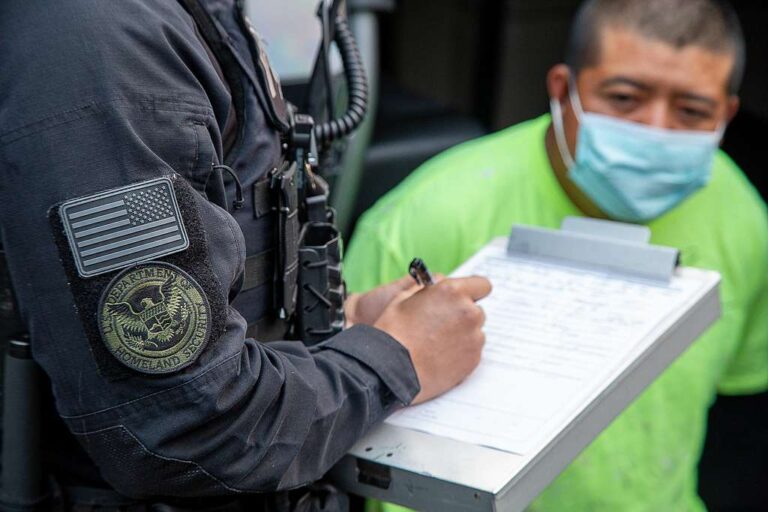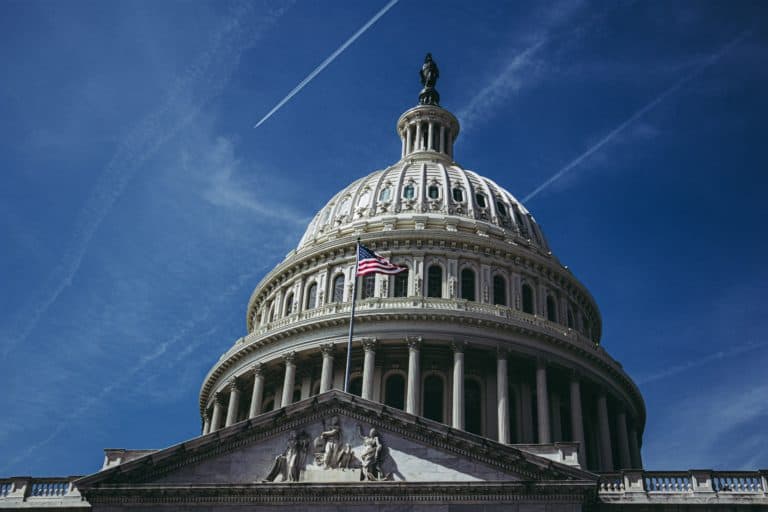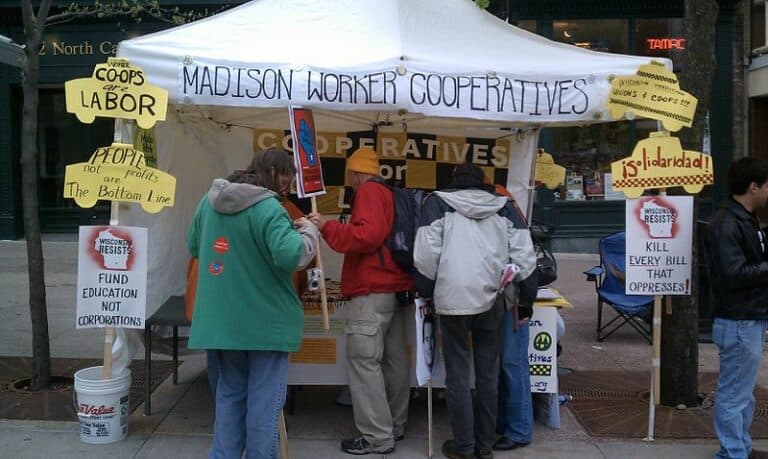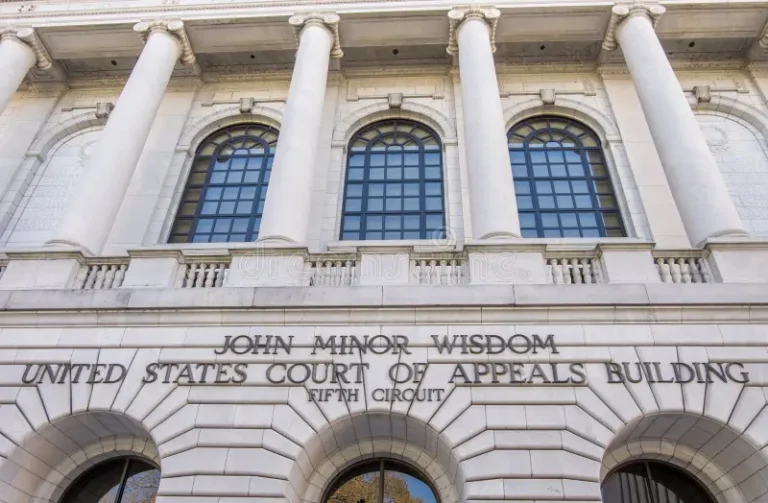
Benjamin Sachs is the Kestnbaum Professor of Labor and Industry at Harvard Law School and a leading expert in the field of labor law and labor relations. He is also faculty director of the Center for Labor and a Just Economy. Professor Sachs teaches courses in labor law, employment law, and law and social change, and his writing focuses on union organizing and unions in American politics. Prior to joining the Harvard faculty in 2008, Professor Sachs was the Joseph Goldstein Fellow at Yale Law School. From 2002-2006, he served as Assistant General Counsel of the Service Employees International Union (SEIU) in Washington, D.C. Professor Sachs graduated from Yale Law School in 1998, and served as a judicial law clerk to the Honorable Stephen Reinhardt of the United States Court of Appeals for the Ninth Circuit. His writing has appeared in the Harvard Law Review, the Yale Law Journal, the Columbia Law Review, the New York Times and elsewhere. Professor Sachs received the Yale Law School teaching award in 2007 and in 2013 received the Sacks-Freund Award for Teaching Excellence at Harvard Law School. He can be reached at [email protected].
On Sunday, Jerry Jones, the owner of the Dallas Cowboys, said he would bench players who did not stand during the national anthem. This threat was publicized nationally and applauded by President Trump. (In the last few hours, the President told Fox News that the NFL “should have suspended” Colin Kaepernick for kneeling during the anthem because “you cannot disrespect our country, our flag, our anthem — you cannot do that.”) It is still unclear whether the players have First Amendment protection against retaliation of this kind – though that possibility grows each day as the President ratchets up his involvement and brings the power of the federal government to bear. What is clear, however, is that Jones’ threat violates federal labor law. Benching, or otherwise disciplining, players who engage in anthem protests would be illegal.
The easiest part of the labor law analysis, although it has generated some debate in the media, is whether “benching” is the kind of adverse employment action that the law prohibits. The NLRA’s definition of adverse employment action is quite broad, but it wouldn’t need to be. Anyone who has ever played sports, or watched sports, or had a kid who played sports, knows that benching is adverse. “Getting benched” is what happens to you when the coach wants to discipline or punish you. When your job is playing sports, getting benched is a good definition of what adverse employment action means.
The real issue in the anthem protest cases is whether the players’ actions constitute “concerted activity for mutual aid or protection,” which is what federal labor law protects. Again, the “concerted” prong is easy – there’s no question that the players involved are acting in concert with one another. The question is whether their anthem protests – which originated and remain directed in large part at questions of racial equality and justice, including the issue of police violence – are the kind of concerted activity that labor law shields against employer retaliation.
The fact that the protests are unmistakably “political” does not take them outside the scope of labor law. The Supreme Court, in Eastex, makes clear – as the National Labor Relations Board has held repeatedly – that labor law protects workers who engage in certain kinds of political advocacy. The limitation is that the political advocacy, to be protected by labor law, must relate to the employees’ status as employees. And although, at first blush, the anthem protests may not seem to be about the players’ lives as players, there are several ways in which they most definitely are.
First, race discrimination – and certainly the acute kind that manifests as police violence – can impact the targets of that discrimination across all spheres of their lives. Police violence directed at African American men may happen away from the workplace, but that can’t mean that police violence has no impact on African American men at work. Indeed, the idea that police violence, and other forms of race discrimination, can somehow be cabined away from work – just because that discrimination occurs away from work – is false. So, when players protest societal discrimination against African American men, this is a protest that concerns their lives as employees.
To be clear, labor law would not need to treat all types of off-work dynamics that potentially impact work as protected in order to treat the forms of race discrimination under protest here as protected. The law must draw lines of this sort all the time, and distinguishing things like racially discriminatory police violence from other forms of off-work behavior should be manageable.
Second, the NFL and the agreement the League has with the players, stresses repeatedly that being an NFL player involves more than what happens on the field. For example, Paragraph 2 of the standard player agreement states that a player must pledge to “conduct himself on and off the field with appropriate recognition of the fact that the success of professional football depends largely on public respect for and approval of those associated with the game.” These provisions mean that the job of being a football player involves much more of what in other occupations might be classified as non-work or non-employment matters. But the League can’t expand the definition of what it means to be an NFL player solely in order to restrict player conduct. Having defined the job as a public one, the League must then own the fact that players’ advocacy efforts around “public” issues – including race discrimination – concern the players as employees.
Third, although all the protesters have solid protection from labor law for these first two sets of reasons, it would be even more blatantly illegal to bench anthem protesters who are taking a knee as a means of showing support for teammates threatened with discipline – whether those threats come from a team owner or the President (of the United States). For these protesters, taking a knee is a means of, among other things, taking a stand about what should constitute a disciplinary offense at work and what should not. That kind of protest is the heartland of what labor law protects: it is core “concerted activity for mutual aid and protection.”
One final note. Even if anthem protests are protected by federal labor law, the players’ collective bargaining agreement could potentially waive their right to engage in them. The problem with this argument, however, is that any such waiver has to be clear and unmistakable, and there is no such clear and unmistakable waiver in any of the agreements that I’m aware of. Certainly, the language from Para. 2 above doesn’t meet the standard. Nor does paragraph 11’s language, which allows a team to terminate a player if the player “has engaged in personal conduct reasonably judged by Club to adversely affect or reflect on Club.” There apparently also is a mention of the anthem in the “game operations manual“. It is unclear (at least to me) whether or how this manual is incorporated into the collective bargaining agreement. And, even if it is incorporated, the manual uses “should” not “must” when delineating player conduct during the anthem, making it less than “clear and unmistakable” that the players’ rights in this respect have been waived.
The longer this goes on, the more evident it becomes that the players have a legal right to engage in the anthem protests. Labor law provides one such source of protection. As Noah Zatz will argue in a post later today or tomorrow, Title VII likely provides another source. Perhaps the First Amendment ultimately will come into play as well. Whatever the source of protection, the illegality of the threats issued by Jones and amplified by the President is clear.










Daily News & Commentary
Start your day with our roundup of the latest labor developments. See all
July 3
California compromises with unions on housing; 11th Circuit rules against transgender teacher; Harvard removes hundreds from grad student union.
July 2
Block, Nanda, and Nayak argue that the NLRA is under attack, harming democracy; the EEOC files a motion to dismiss a lawsuit brought by former EEOC Commissioner Jocelyn Samuels; and SEIU Local 1000 strikes an agreement with the State of California to delay the state's return-to-office executive order for state workers.
July 1
In today’s news and commentary, the Department of Labor proposes to roll back minimum wage and overtime protections for home care workers, a federal judge dismissed a lawsuit by public defenders over a union’s Gaza statements, and Philadelphia’s largest municipal union is on strike for first time in nearly 40 years. On Monday, the U.S. […]
June 30
Antidiscrimination scholars question McDonnell Douglas, George Washington University Hospital bargained in bad faith, and NY regulators defend LPA dispensary law.
June 29
In today’s news and commentary, Trump v. CASA restricts nationwide injunctions, a preliminary injunction continues to stop DOL from shutting down Job Corps, and the minimum wage is set to rise in multiple cities and states. On Friday, the Supreme Court held in Trump v. CASA that universal injunctions “likely exceed the equitable authority that […]
June 27
Labor's role in Zohran Mamdani's victory; DHS funding amendment aims to expand guest worker programs; COSELL submission deadline rapidly approaching